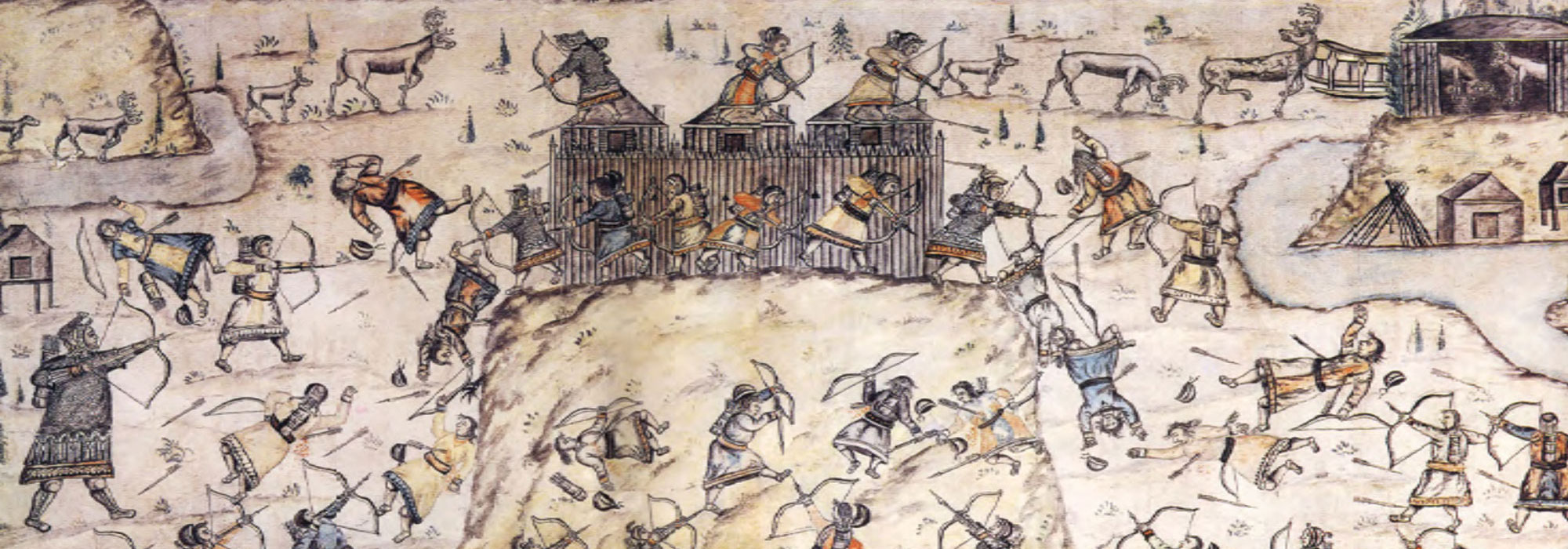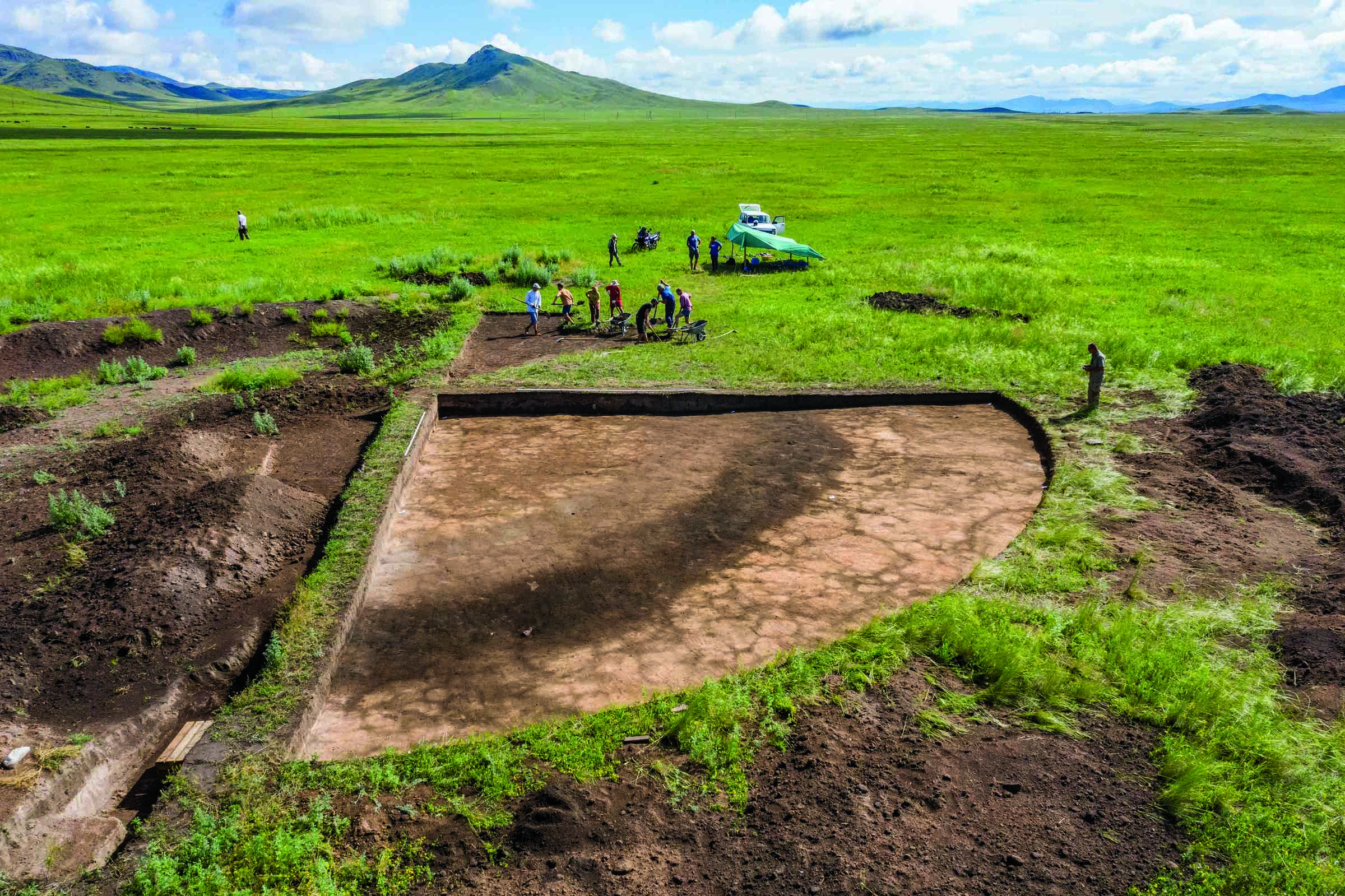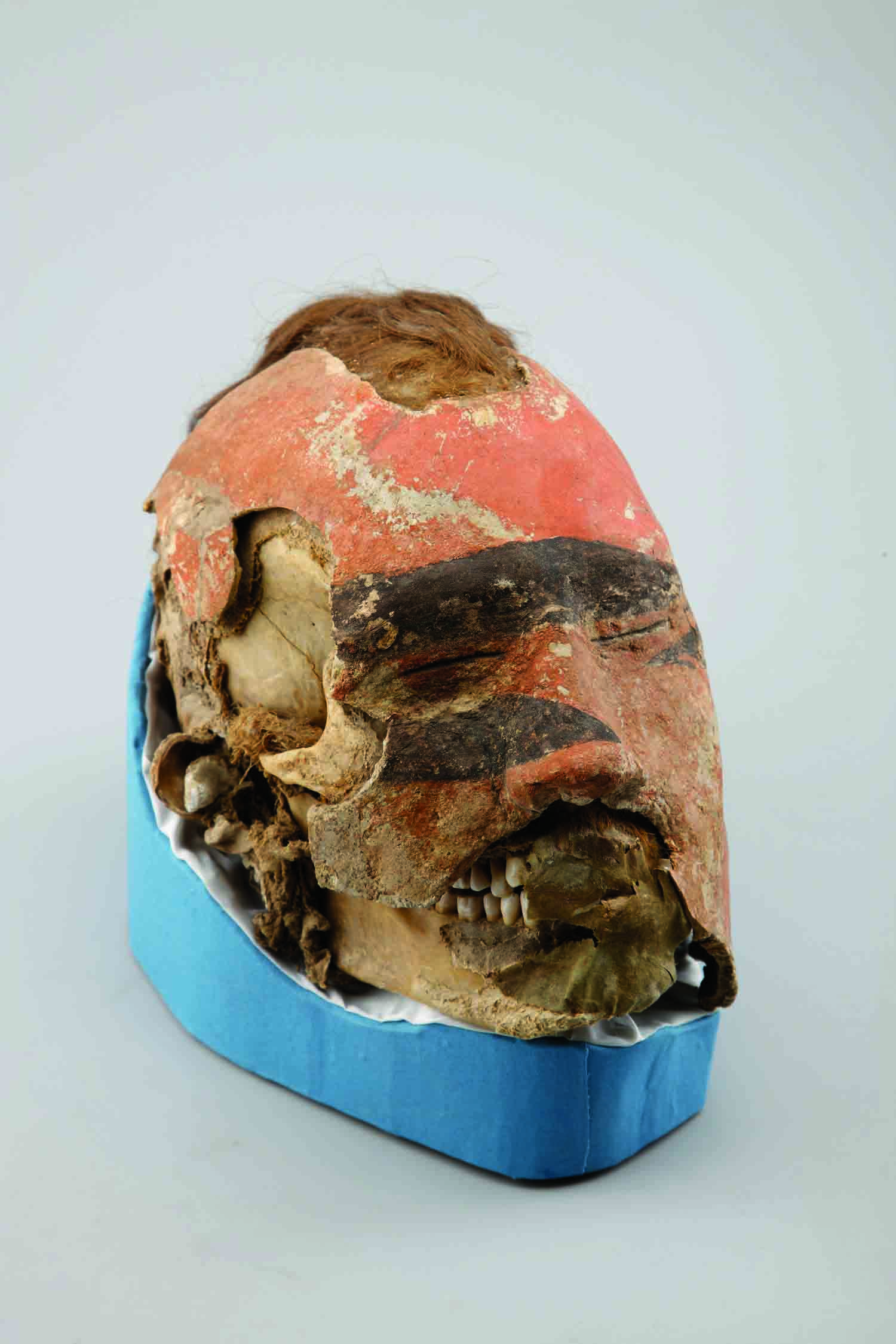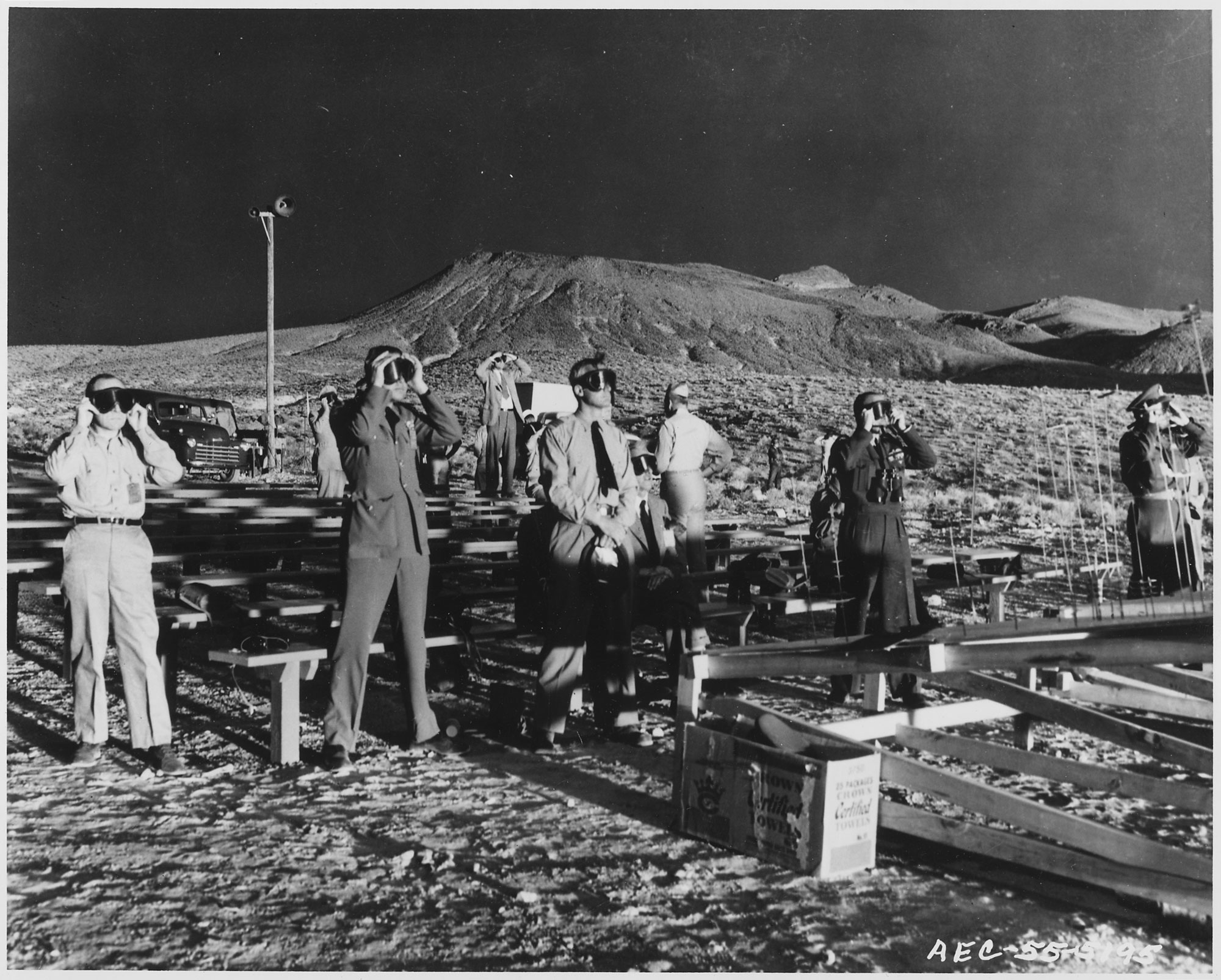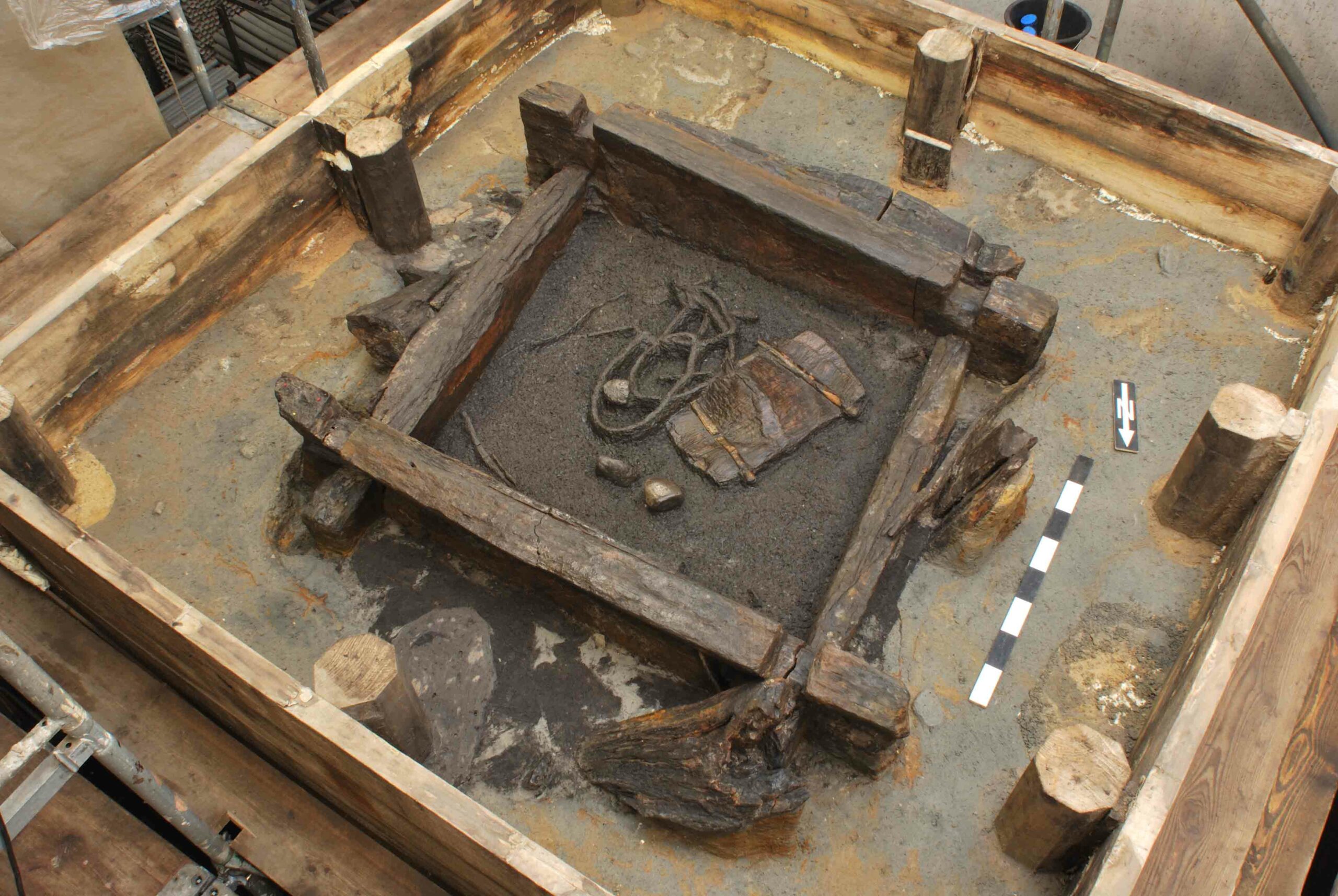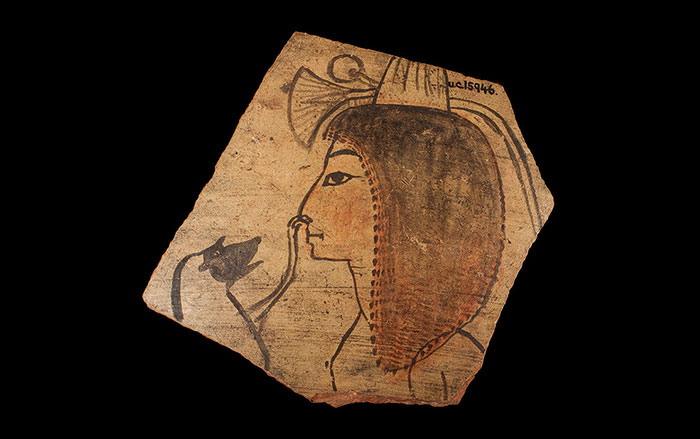
NOVOSIBIRSK, SIBERIA—Neurosurgeon Aleksei Krivoshapkin and scientists from the Institute of Archaeology and Ethnography at the Siberian Branch of the Russian Academy of Science examined the holes in the skulls of ancient human remains discovered in the Altai Mountains, and concluded that brain surgery was performed some 2,500 years ago with just one tool. “Honestly, I am amazed. We suspect now that in the time of Hippocrates, Altai people could do a very fine diagnosis and carry out skillful trepanations and fantastic brain surgery,” Krivoshapkin told The Siberian Times. The analysis showed that one of the patients, a man between 40 and 45 years old, had suffered a head trauma and developed a blood clot that probably resulted in headaches, nausea, and movement problems. Healing in the bone showed that the hematoma had been removed and that the man lived for years after the surgery. The second skull belonged to a man who may have suffered from a congenital skull deformity that the surgeon fixed. In both cases, the holes in the skulls were small and placed to minimize damage to the patient. “It is clearly seen that the ancient surgeons were very exact and confident in their moves, with no traces of unintentional chips, which are quite natural when cutting bone,” Krivoshapkin said. Archaeologists suspect that the surgeons used bronze knives for the surgery, which have been found in graves from this era. Krivoshapkin used a replica knife to recreate with some difficulty the ancient surgical techniques on a modern skull. “I think it is important to remember that here in the fifth century B.C. Altai was a big center for bone cutting production. People here were very skillful in making different objects from animal bone.” To read about trepanation in prehistoric Europe, see "Bodies of the Bogs."



